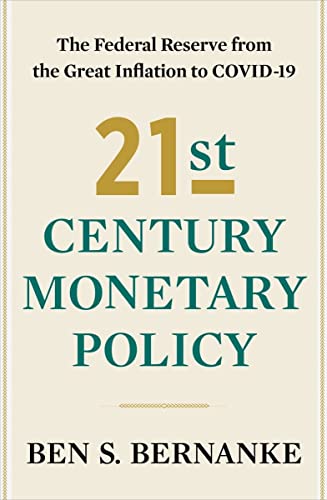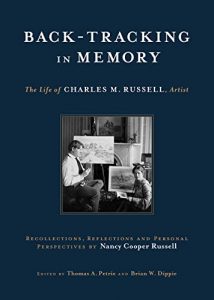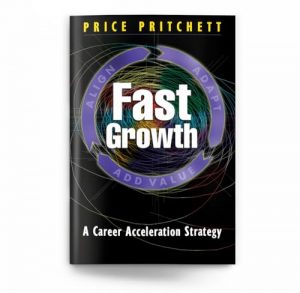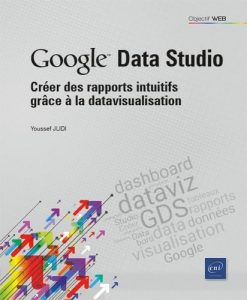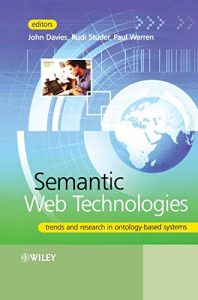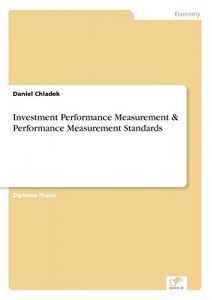1. 21st Century Monetary Policy: The Federal Reserve from the Great Inflation to COVID-19
Authored by the notable Ben S. Bernanke, this book provides an insightful overview of the evolution of monetary policy in the United States, from the tumultuous era of the Great Inflation to the recent economic disruptions caused by COVID-19. Bernanke, a former chairman of the Federal Reserve, shares his unique perspective on the decisions made during pivotal moments in economic history and how these decisions shaped the financial landscape we know today. Ideal for policymakers, economists, and anyone interested in understanding the forces that drive financial markets, this book is not only informative but also vital in comprehending the nuances of contemporary monetary policy.

2. Financial Stability, Systems and Regulation
In “Financial Stability, Systems and Regulation,” authors Jan Kregel and Felipe C. Rezende delve into the complex frameworks that govern financial markets. This book is indispensable in today’s increasingly interconnected world, where financial crises can ripple across borders in an instant. The authors critically examine the systems in place and argue for regulations that could foster stability. Readers will benefit from Kregel and Rezende’s deep analysis and recommendations for improving the resilience of financial structures, making this book a must-have for anyone engaged or interested in finance and regulatory affairs.

3. The Money Illusion: Market Monetarism, the Great Recession, and the Future of Monetary Policy
Scott Sumner’s “The Money Illusion” offers a thought-provoking look into the principles of market monetarism and challenges conventional wisdom regarding monetary policy. By analyzing the Great Recession and its aftermath, Sumner provides valuable insights into how perceptions of money influence economic outcomes. His exploration of the future of monetary policy is both timely and relevant, especially for those seeking to understand the interplay between markets, money, and government policy. This book is essential for scholars, students, and anyone keen on exploring new paradigms in economic thinking.

4. Regulation of Banks and Finance: Theory and Policy after the Credit Crisis
Written by Carlos A. Peláez and Carlos M. Peláez, this book examines the crucial regulatory frameworks established in the wake of the financial crisis. The authors propose comprehensive theories that inform present-day policy decisions and delve into the implications of financial regulation on banks and markets. This ambitious work is perfect for regulatory professionals and policy makers looking to grasp the complexities of financial regulation post-crisis. Its thorough analysis helps navigate the challenges of modern economic policymaking.

5. Macroeconomic Policy after the Crash: Issues in Monetary and Fiscal Policy
Richard Barwell presents a compelling narrative in “Macroeconomic Policy after the Crash,” identifying critical issues in both monetary and fiscal policy following economic disturbances. This book is designed for economic practitioners and analysts, offering a comprehensive analysis of the macroeconomic challenges faced by governments and financial institutions today. Barwell’s engaging writing combines traditional economic theories with fresh perspectives, making it an essential read for anyone interested in how macroeconomic policies shape our financial futures.

6. Les défis d’une économie à taux zéro
This French edition, authored by a collective known as Aef, tackles the pressing challenges of an economy operating at near-zero interest rates. The book is a necessary exploration for economists and financial professionals, as it discusses the implications and strategies to manage economies in such uncharted waters. This analytical work presents innovative solutions and interpretations that are necessary for navigating the complexities posed by stagnant growth and changing monetary environments, making it an essential contribution to contemporary economic discourse.

7. The Japanese Economy and the Way Forward
R. Tandon’s insightful analysis in “The Japanese Economy and the Way Forward” provides critical perspectives on Japan’s economic history and its present challenges. The book explores various facets of Japan’s long-standing economic issues and suggests potential pathways for growth and recovery. For business professionals, economists, and policy makers, understanding Japan’s economic journey is vital, given its influence on global markets. Tandon’s recommendations for future policies make this book a compelling read for anyone interested in the dynamics of economic recovery in a complex global landscape.


